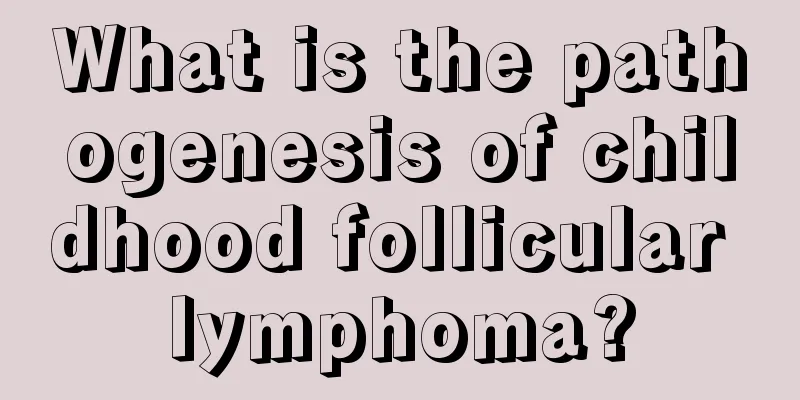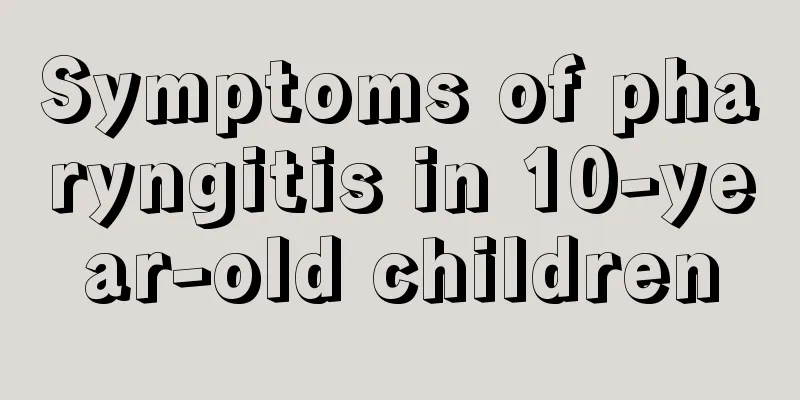What is the pathogenesis of childhood follicular lymphoma?

|
Children have a very high status in today's society. Because family planning has been in place for many years, many families have only one child, so parents must love their child well. However, children are in the development and growth stage, and their immune systems are not fully developed, so they will be surrounded by many viruses. Some viruses haunt children, so what is the pathogenesis of childhood follicular lymphoma? The dermis is infiltrated nodularly or diffusely, with the epidermis typically spared. In early lesions, centrocytes, a small number of centroblasts and reactive T cells are present in admixture. As the disease progresses, the tumor B cells increase in size and number. The histological classification of FCCL, according to the new working classification, includes: follicular small cleaved cell, follicular mixed cell and follicular large cell. The relationship of these types to the Rappaport and Kiel classification is shown in Table 1. The infiltrating cells of this tumor are mainly located in the superficial part of the reticular layer of the dermis and even in the deep part and subcutaneous tissue, occasionally distributed in a continuous band, separated from the epidermis by a cell-free infiltration zone. In the early stage, the infiltration is in sheets or masses along the blood vessels and (or) appendages. 10% of the lesions are of follicular type, while in the late stage they are mostly of diffuse type, and the most common is a combination of both types (mixed type). The composition of infiltrating cells varies, but regardless of the predominant cell type, some cells differentiating into plasma cells are common and are often limited to clones of a single light chain. According to the new working classification and the time of damage, the tissue image may show small cleaved cell (SCC) lymphoma in the early stage, but mixed cell (MC) lymphoma of small cleaved cell and large cell is common; in the late stage or even in old tumors, although obvious MC lymphoma may be shown, large cell (LC) lymphoma is often shown. The number of inflammatory response cells varies, mainly small lymphocytes, plasma cells and macrophages. In about 10% of lesion specimens, reactive lymphoid follicles and/or structures suggesting fully developed germinal centers can be seen (immunolabeling shows B cell polyclonality). Immunolabeling shows that in addition to expressing all B cell antigens (CD19, C1320 and CD22) and HLA-DR, tumor cells often show immunoglobulin heavy chain conversion, loss of IgD, and gain of IRC or IRA. After reading the above description, have you suddenly understood? Yes, these are the detailed answers to the pathogenesis of childhood follicular lymphoma. Children's immunity is extremely low, so parents must protect their children at this time and arrange a reasonable diet and regular schedule for their children. |
<<: How to prevent and treat posterior pharyngeal follicular hyperplasia in children
>>: What are the symptoms of vesicular conjunctivitis in children?
Recommend
What is the treatment for hernia in children?
Many parents generally do not want to undergo sur...
The reason why three-month-old babies drool a lot
After birth, many babies learn to roll over and c...
If your baby hits his head, parents should be aware of these symptoms
It is inevitable for babies to stumble and fall i...
Reasons for red pimples on baby's face
Children's skin is relatively delicate. In th...
Three-month-old baby received pain-relieving and anti-inflammatory injections
A three-month-old baby is relatively young, and h...
What are the symptoms of pelvic effusion in children?
For many adult women, pelvic effusion is a famili...
Why is my baby's intestinal peristalsis very slow and constipated?
The health of babies is a matter of great concern...
What happens if a child has white spots in his throat?
There are white spots in the child's throat. ...
Can children eat Cordyceps sinensis when they have a cold?
Cordyceps sinensis is a precious and rare traditi...
Diet therapy for children with cough in the morning
Children's immunity is low in winter. At this...
Are mosquito coils harmful to children?
Parents are responsible for their children's ...
Why is my baby's skin a little yellow?
I believe that anyone who has given birth has a s...
What are the symptoms of cervical spondylosis in children?
With the accelerated pace of life, many young peo...
Will children really grow taller by running?
Running is a very popular sport. No matter it is ...
6 month old baby sweating on the back of the head
Six-month-old babies are in a very active stage, ...









